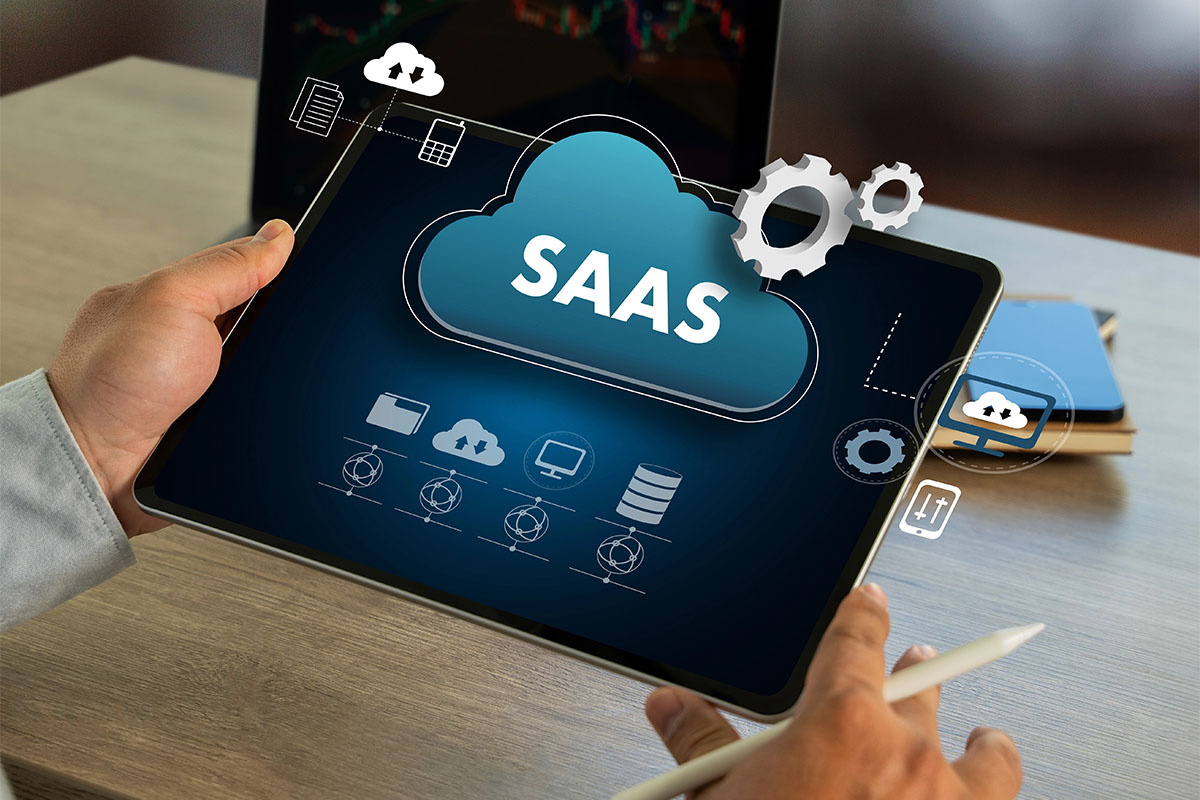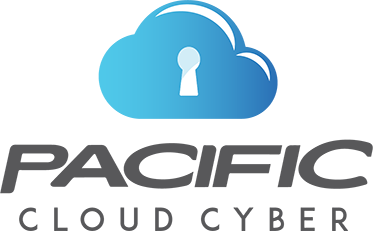

Seattle IT Security Insights: How to Protect Your SaaS Company



Today, it’s of the utmost importance for SaaS companies to protect their organizations and products with proper Seattle IT security. With the increasing sophistication of cyber threats, it’s imperative to implement robust security measures to protect your valuable data and maintain the trust of your customers.
Securing your company not only involves technical defenses but also cultivating a proactive security mindset within your organization. By knowing the unique risks associated with SaaS platforms and adopting comprehensive security protocols, you can create a resilient defense system that protects your business operations and customer information with robust cybersecurity in Seattle.
Below, we’ll discuss:
- Discuss why securing SaaS companies is important
- Outline the main strategies for strengthening your defenses
- Highlight the importance of being proactive about security in SaaS environments
SaaS Security Risks
Overview of SaaS vulnerabilities and risks
- Multi-Tenancy Risks: Sharing resources among multiple tenants can lead to data leakage if not properly segregated.
- Access Control Weaknesses: Inadequate user access management may result in unauthorized users gaining entry to sensitive information.
- Data Loss Concerns: Vulnerabilities in data storage and transmission can expose data to breaches.
Common security threats faced by SaaS companies
- Phishing Attacks: Deceptive emails or messages aimed at stealing login credentials are a prevalent threat.
- Malware Infections: Downloading infected files or visiting compromised websites can introduce malware into the SaaS environment.
- Insider Threats: Employees or contractors with malicious intent pose a risk to data security.
Impact of security breaches on SaaS applications
- Reputation Damage: Data breaches can erode customer trust and lead to loss of business.
- Legal Ramifications: Non-compliance with data protection regulations can result in hefty fines and legal action.
- Financial Losses: Remediation costs, lawsuits, and revenue loss due to downtime can have severe financial implications.
Strategies for Securing Your SaaS Company
Cloud Access Security Brokers (CASBs) and Threat Intelligence
Protecting your SaaS environment requires advanced tools that bridge the gap between cloud service users and providers. Cloud Access Security Brokers (CASBs) have become vital for enforcing security policies across multiple cloud platforms. CASBs provide visibility into cloud usage, enforce compliance, and detect risk behaviors in real time.
Role of CASBs in Enhancing Cloud Security
- Visibility and Control: CASBs give you comprehensive insight into user activities, data transfers, and application usage within your SaaS ecosystem. This visibility helps identify shadow IT issues—unauthorized apps or services—that could expose your company to risks.
- Policy Enforcement: You can define granular policies based on user roles, device types, locations, or data sensitivity.
- Data Protection: CASBs apply encryption, tokenization, or data loss prevention (DLP) techniques during data transit and at rest. This minimizes exposure to breaches caused by misconfigurations or insider threats.
- Threat Detection: Integration with existing security infrastructure allows CASBs to correlate threat intelligence feeds and flag unusual activities immediately.
Leveraging Threat Intelligence and Behavior Analytics
Threat intelligence involves collecting and analyzing data on emerging cyber threats targeting SaaS platforms. Combining this intelligence with behavior analytics strengthens your defense mechanisms significantly.
- Proactive Threat Detection: Behavior analytics monitor patterns in user actions—such as login frequency, IP address changes, or abnormal file downloads—and identify deviations that may indicate compromise.
- Contextual Awareness: Intelligence platforms enrich alerts with context for known attack vectors or threat actors. This enables faster prioritization and response by your security team.
- Automated Mitigation: Some solutions incorporate automated workflows that quarantine suspicious accounts or block risky transactions based on behavior anomalies without manual intervention.
Continuous Monitoring: Real-time analysis shows new vulnerabilities or attacker tactics are detected early, reducing the window of opportunity for exploitation.
Implementing multi-factor authentication (MFA) combined with least privilege access principles supported by micro-segmentation complements CASB capabilities. By restricting access strictly to what users’ need for their roles and segmenting the network to limit lateral movement, you reinforce the zero-trust framework.
Addressing SaaS security comprehensively demands these layered approaches: enforcing strict access controls through MFA and least privilege policies; deploying CASBs for cloud-wide visibility and policy enforcement; integrating threat intelligence for timely detection; and applying behavior analytics to spot subtle anomalies before they escalate into breaches.
Artificial Intelligence, Machine Learning, and Blockchain
Artificial Intelligence (AI) and Machine Learning (ML) have become indispensable tools in securing SaaS environments. These technologies analyze vast amounts of data to detect anomalies and potential threats in real time, vastly improving threat detection capabilities beyond traditional methods.
How AI and ML Enhance SaaS Security
- Real-time threat detection: AI models continuously monitor user behavior and system activities, identifying suspicious patterns that may indicate cyber-attacks or insider threats.
- Automated response: ML algorithms can prioritize threats, enable faster incident response and reduce the risk of damage.
- Enhancing MFA and zero trust: AI-driven systems support MFA by analyzing contextual data such as device health and location, reinforcing the zero-trust model which enforces least privilege access and micro-segmentation.
The Role of Blockchain in Data Security
Blockchain technology introduces a new level of security for data management within SaaS platforms. It provides an immutable ledger that enhances data integrity and transparency.
- Secure data sharing: Blockchain enables decentralized validation of transactions, reducing dependency on a single cloud provider’s security.
- Tamper-proof records: Every change is cryptographically linked, preventing unauthorized alterations.
- Improved compliance: The traceability offered by blockchain helps meet strict regulatory requirements for data privacy and auditability.
Cloud Security Posture Management (CSPM) and Data Encryption Techniques
Cloud Security Posture Management (CSPM) tools like Prisma Cloud and CloudGuard play a critical role in maintaining a secure SaaS environment. These solutions provide continuous monitoring and automated remediation of misconfigurations across cloud resources. CSPM tools deliver comprehensive visibility into your cloud assets.
Benefits of CSPM include:
- Detecting misconfigurations that could expose sensitive data
- Ensuring compliance with regulatory standards such as GDPR or HIPAA
- Integrating threat intelligence to identify anomalous activities
- Supporting behavior analytics to flag suspicious user actions
Robust data encryption techniques complement CSPM by protecting sensitive information both in transit and at rest. Employing strong encryption protocols such as TLS/SSL for data moving across networks prevents interception or tampering. For stored data, algorithms like AES-256 secure information against unauthorized access, even if physical storage is compromised.
Implementing encryption aligns closely with other security measures like MFA, least privilege access, and micro-segmentation to minimize attack surfaces. Encrypting API communications and user credentials fortify each layer of your SaaS architecture, while CSPM ensures these protections remain effective by continuously auditing configurations.
Securing your SaaS company requires integrating CSPM tools with advanced encryption methods to build a resilient defense posture that adapts dynamically to emerging threats.
Best Practices for Securing User Access
Establishing user roles and permissions management best practices is crucial in enforcing the principle of least privilege access control within your SaaS company. This approach limits user access rights to only what is needed for their role, reducing the risk of unauthorized activities and data breaches.
Implementing secure user authentication methods is key to enhancing the security of user access. Utilizing protocols like OAuth 2.0 or SAML 2.0 with MFA adds layers of protection to verify user identities and prevent unauthorized access attempts.
Ensuring Compliance and Business Continuity through Effective Disaster Planning and Cybersecurity
Compliance and business continuity are fundamental for any SaaS company looking to thrive. Prioritizing regulatory compliance not only helps you avoid legal pitfalls but also builds a foundation of trust with your customers, reassuring them that their data is in safe hands.
Equally important is having a well-prepared disaster recovery plan. By proactively setting up processes for regular data backups, swift system restoration, and ongoing operations, your business can weather unexpected disruptions with minimal impact. This approach doesn’t just minimize downtime and data loss—it safeguards your reputation and keeps your users confident in your reliability.
Weaving effective cybersecurity measures and disaster planning into your company’s strategy empowers you to meet compliance standards while staying resilient against threats. This proactive mindset keeps your SaaS platform secure, available, and trusted—no matter what challenges it faces.
FAQs
Why is securing SaaS companies crucial today?
Securing SaaS companies is vital due to the increasing reliance on cloud-based applications, which are vulnerable to various security threats. Implementing robust security measures protects sensitive data, maintains customer trust, and ensures compliance with industry regulations.
What are the common security risks and vulnerabilities faced by SaaS companies?
SaaS companies commonly face vulnerabilities such as unauthorized access, data breaches, insider threats, and insecure APIs. These risks can lead to significant impacts including data loss, service disruption, and reputational damage.
How do Cloud Access Security Brokers (CASBs) enhance security for SaaS applications?
CASBs act as intermediaries between users and cloud service providers, enforcing security policies, providing visibility into cloud usage, and leveraging threat intelligence and behavior analytics for proactive detection and mitigation of potential threats in SaaS environments.
What role do AI, Machine Learning (ML), and Blockchain play in securing SaaS platforms?
AI and ML enable real-time threat detection by analyzing patterns and anomalies in user behavior, while blockchain technology offers secure data management through decentralized and tamper-proof ledgers. Together, they strengthen the overall security posture of SaaS platforms.
What are effective strategies for managing user access securely in a SaaS company?
Effective strategies include establishing user roles and permissions based on the principle of least privilege, implementing secure authentication methods such as OAuth 2.0 or SAML 2.0 combined with multi-factor authentication (MFA), and regularly reviewing access controls with the help of outsourced IT in Seattle WA.
How can SaaS companies ensure compliance and maintain business continuity through disaster recovery planning?
SaaS companies should design comprehensive disaster recovery plans that align with industry-specific regulations like GDPR or HIPAA. This involves regular backups, clear incident response protocols, continuous monitoring, and ensuring that cybersecurity measures support both compliance requirements and uninterrupted business operations.
Table of Contents

